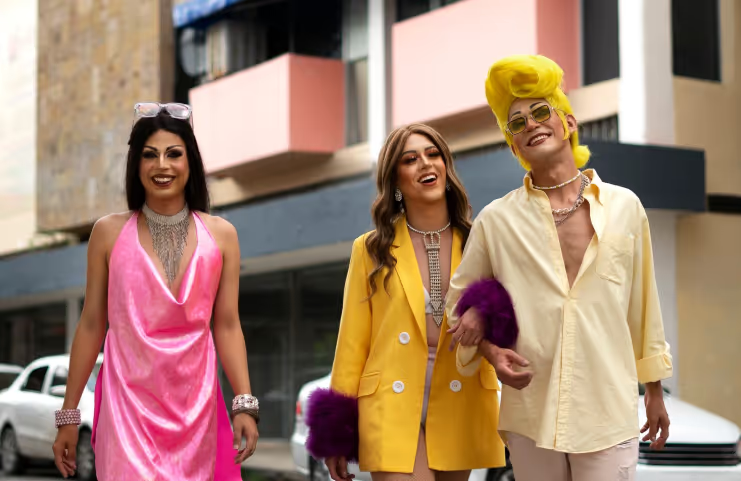Stay informed with our newsletter.
.webp)

.webp)

Gen Z’s Y2K craze is turning forgotten closet pieces into profit. This guide shows which retro staples sell, where to list them, and how to price, photograph, and describe for faster sales. It covers sourcing at thrift stores, care and authenticity checks, platform fees, and shipping basics. You’ll see why sustainability and nostalgia fuel demand, and how to avoid common pitfalls. Turn yesterday’s wardrobe finds into today’s must-haves and build a simple, repeatable side hustle.

Tracksuits, low-rise rhinestone jeans, big belts, and tiny tees from the early 2000s are making a comeback, and that old stash of clothes in your closet could now be worth money.
Gen Z, born between the late ’90s and early 2010s, has embraced Y2K style, a look many millennials once disliked. On TikTok and campuses, influencers show off secondhand miniskirts, bold sandals, and brand-heavy outfits that border on kitsch.
Tailor Jackson Mangum, 24, from Oregon, admits he’s moved on from full Y2K looks but still incorporates elements like camo shorts, flared jeans, and oversized sunglasses. He notes that it’s simple to mix Y2K pieces, baggy jeans, pink accents, shiny shades without committing to an entirely vintage wardrobe.
Part of the revival comes from fashion’s 20-year cycle. After ’90s nostalgia, Y2K was next in line, says fashion historian Emma McClendon. Some experts add that boomer parents decluttering homes has put millennial wardrobes back into circulation, creating a fresh supply of Y2K pieces.
For Gen Z, the appeal lies in both reinterpreting a past they only vaguely remember and drawing parallels between the upheavals of the 2000s and today.
Events like 9/11 and today’s pandemic mark similar turning points, while the internet boom of the 2000s mirrors today’s AI revolution. To some, vintage fashion offers escape to a time perceived as freer from social media’s intensity.
Resellers like Jocelyn Brown make money curating and flipping thrifted Y2K finds on platforms such as Depop, Poshmark, Instagram, and at flea markets.She stresses that buyers want a curated shopping “experience,” with pieces grouped thoughtfully.
Shops like Apocalypse in Colorado report that three-quarters of their stock is now Y2K, including micro miniskirts, old Victoria’s Secret tanks, and baby tees, paying sellers in cash or credit.
Shoppers love the bold, flashy vibe, says staffer Nell Tercek, since fashion today is also about self-expression and experimentation. Experts highlight the comeback of logos and brands like Von Dutch and True Religion, once staples of the 2000s.
Secondhand also satisfies Gen Z’s concern for sustainability and individuality. Though some Y2K items were cheaply made, sellers note that denim from that era is far superior to most of today’s, making it highly desirable.
Looking ahead, Y2K trends will likely blend into personalized styles rather than dominate wardrobes completely.And fashion historians hint that 2010s looks,skinny jeans, combat boots, infinity scarves, may soon cycle back into style.
For questions or comments write to contactus@bostonbrandmedia.com
Source: independant
